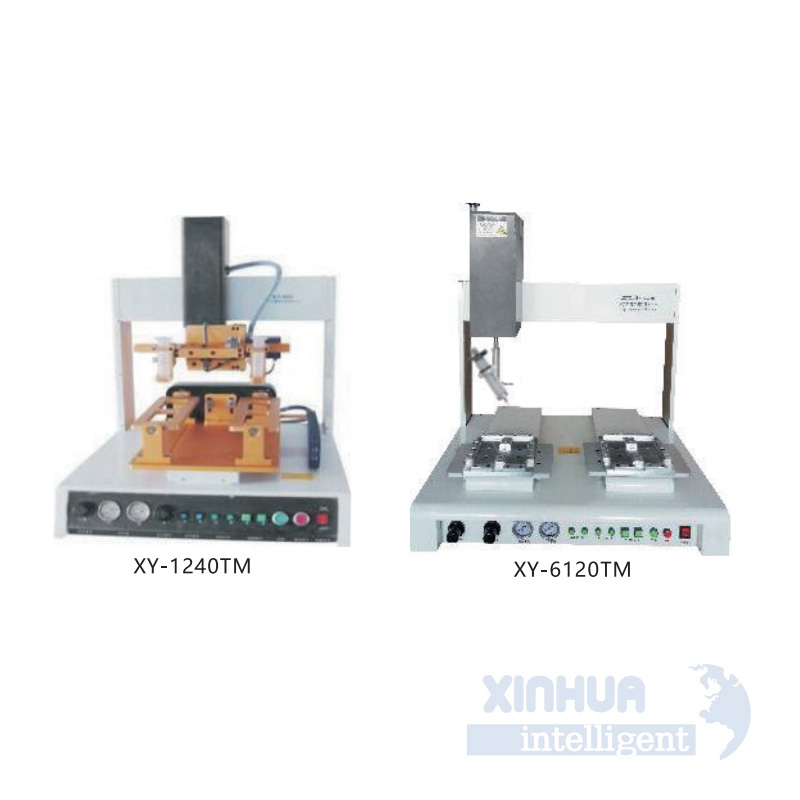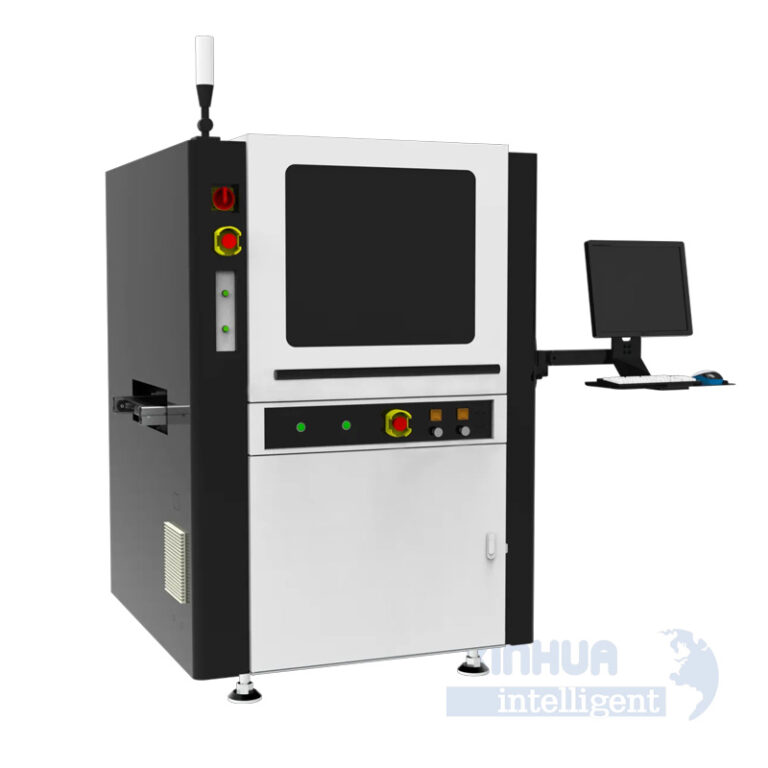
Automated Inventory Shelves: Transforming Warehouse Efficiency in the Modern Supply Chain
In today’s fast-paced, demand-driven supply chain landscape, businesses are under constant pressure to deliver faster, more accurately, and at lower costs. One of the most critical components of this operational efficiency is inventory management — particularly how inventory is stored, retrieved, and replenished. Traditional warehouse systems often struggle to meet these evolving demands due to manual processes, space constraints, and human error.
Enter automated inventory shelves — a game-changing innovation that integrates robotics, IoT (Internet of Things), and AI (Artificial Intelligence) to streamline inventory handling. This article explores the common challenges in traditional inventory systems, presents practical and technical solutions through automation, showcases real-world applications, and concludes with a call to action for professionals looking to modernize their warehousing operations.
—
1. Common Pain Points or Challenges in Traditional Inventory Management

Despite advancements in logistics technology, many organizations still rely on conventional shelving and manual inventory tracking systems. While these systems may suffice for small-scale operations, they present significant limitations when scaling up:
A. Inefficient Space Utilization
Traditional static shelving requires wide aisles for forklifts and personnel movement, reducing usable storage density. As a result, warehouses often face space shortages long before reaching structural capacity limits.
B. Manual Labor Dependence
Human workers are responsible for picking, placing, and tracking inventory items. This leads to slower throughput, higher labor costs, and an increased risk of errors such as mispicks, misplaced items, or incorrect counts.
C. Limited Real-Time Visibility
Manual inventory systems lack real-time tracking capabilities. Without accurate data on stock levels, locations, and movement, companies are prone to overstocking, understocking, or inaccurate forecasting.
D. Scalability Issues
As businesses grow, scaling up traditional shelving systems becomes increasingly complex and costly. Expanding warehouse footprints or retrofitting existing systems can be time-consuming and inefficient.
E. Safety Risks
Manual handling of heavy or bulky items increases the likelihood of workplace injuries. Forklift accidents, falls from ladders, and repetitive strain injuries are common in environments with outdated shelving systems.
These pain points not only impact operational efficiency but also customer satisfaction and profitability. To address these challenges, companies are turning to automated inventory shelf systems — intelligent, dynamic solutions designed for modern logistics needs.
—
2. Practical and Technical Solutions Through Automated Inventory Shelves
Automated inventory shelves leverage cutting-edge technologies to overcome the shortcomings of traditional systems. These solutions range from fully autonomous robotic shelving units to smart racks integrated with warehouse management systems (WMS). Let’s explore some of the key innovations and their benefits.
A. Robotic Mobile Racking Systems
Robotic mobile racking systems use autonomous mobile robots (AMRs) to transport inventory shelves directly to picking stations. Unlike fixed shelving, these systems eliminate the need for wide aisles, significantly increasing storage density by up to 50%.
– How it works: When a pick request is generated, an AMR navigates to the designated shelf, lifts it, and transports it to a workstation.
– Benefits: Reduced travel time for workers, increased picking accuracy, and optimized floor space.
B. Vertical Lift Modules (VLMs)
Vertical lift modules are enclosed systems that automatically retrieve and deliver inventory items to an operator via a tray system. They utilize vertical space efficiently and are ideal for high-density storage.
– How it works: Items are stored in trays within a vertical column. When requested, the VLM retrieves the correct tray and delivers it to an access point.
– Benefits: Faster retrieval times, improved ergonomics, and enhanced security for sensitive or high-value items.
C. Goods-to-Person (GTP) Systems
GTP systems bring inventory directly to the worker rather than requiring the worker to move throughout the warehouse. These systems integrate with conveyor belts, shuttles, or robotic arms to automate item delivery.
– How it works: Orders are processed through the WMS, which directs the system to deliver the required items to a picking station.
– Benefits: Increased productivity, reduced labor fatigue, and minimized picking errors.

D. Smart Shelves with RFID and IoT Integration
Smart shelves equipped with RFID tags, weight sensors, and IoT connectivity provide real-time inventory visibility. These systems track stock levels, monitor product conditions, and alert managers when restocking is needed.
– How it works: Each shelf is embedded with sensors that detect presence, weight, and location of items. Data is transmitted to a central system for analysis.
– Benefits: Enhanced inventory accuracy, proactive replenishment, and integration with predictive analytics.
By implementing one or a combination of these automated inventory shelf solutions, companies can dramatically improve their warehouse performance and adapt to the growing demands of e-commerce and omnichannel fulfillment.
—
3. Real-World Applications of Automated Inventory Shelves
The adoption of automated inventory shelf systems has been widespread across multiple industries, driven by the need for speed, precision, and scalability. Below are several real-world examples where these systems have made a measurable impact.
A. E-Commerce Fulfillment Centers
With the explosive growth of online retail, companies like Amazon, Alibaba, and others have heavily invested in automated shelving and goods-to-person systems. For instance, Amazon’s Kiva robots transport entire shelves of products to human workers, reducing picking time from 15 minutes to less than a minute per item.
B. Healthcare and Pharmaceutical Warehouses
Hospitals and pharmaceutical companies require precise inventory control due to regulatory compliance and the critical nature of medical supplies. Automated vertical lift modules ensure accurate dispensing of medications, reduce the risk of contamination, and support traceability from storage to distribution.
C. Automotive Manufacturing and Spare Parts Distribution
Automotive manufacturers and parts suppliers use robotic shelving systems to manage vast inventories of small components. By automating part retrieval, these systems minimize downtime on production lines and improve order fulfillment rates.

D. Retail Distribution Centers
Large retailers such as Walmart and Target use automated inventory shelves to manage seasonal fluctuations and maintain consistent stock levels across thousands of SKUs. Smart shelves integrated with RFID help track perishable and high-turnover items in real time.
E. Food and Beverage Industry
Cold storage facilities and food distribution centers benefit from automated shelving systems that operate efficiently in low-temperature environments. These systems reduce human exposure to extreme conditions and maintain product freshness through controlled access and rotation.
Across these sectors, the implementation of automated inventory shelves has resulted in measurable improvements in:
– Order accuracy (up to 99.9%)
– Picking speed (doubling or tripling output)
– Labor cost reduction (up to 40%)
– Inventory turnover rate (improved by 30–50%)
These case studies underscore the transformative potential of automation in reshaping how inventory is managed and deployed across the supply chain.
—
4. Conclusion & Call to Action: Partner with Xinhua Intelligent for Cutting-Edge Automation
As the global supply chain continues to evolve, the importance of efficient, accurate, and scalable inventory management cannot be overstated. Automated inventory shelf systems represent a pivotal advancement in this journey — offering unmatched benefits in terms of space optimization, labor efficiency, and operational agility.
From robotic mobile racking to smart shelves with IoT integration, the tools are now available to revolutionize your warehouse operations. But choosing the right solution requires expertise, customization, and a partner who understands both the technology and the business outcomes you’re aiming to achieve.
Xinhua Intelligent stands at the forefront of intelligent logistics solutions, delivering innovative automated inventory systems tailored to the needs of modern enterprises. With a comprehensive portfolio of smart shelving, robotic systems, and integrated WMS platforms, Xinhua Intelligent empowers businesses to unlock new levels of efficiency, accuracy, and growth.
Whether you’re managing a high-volume e-commerce fulfillment center, a healthcare supply chain, or an automotive parts warehouse, Xinhua Intelligent offers end-to-end automation solutions that scale with your business.
👉 Take the next step toward smarter inventory management. Contact Xinhua Intelligent today to schedule a consultation or demo of our automated inventory shelf systems. Discover how we can help you transform your warehouse into a high-performance hub of innovation and efficiency.
Visit us at [www.xinhua-intelligent.com](http://www.xinhua-intelligent.com)
📞 Call +86-XXXX-XXXXXXX
📧 Email info@xinhua-intelligent.com
Don’t let outdated systems hold back your competitive edge. Embrace the future of inventory management with Xinhua Intelligent — where innovation meets intelligence.
